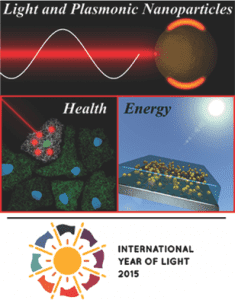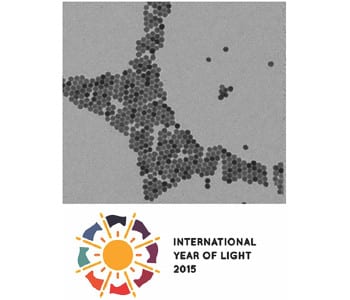 2015 is the International Year of Light, proclaimed by the United Nations to recognize the achievements of light science and its applications, and its contributions to humankind. It will raise special attention for major topics and key technologies in the field of optics and photonics. Advanced Optical Materials will contribute to this goal through publishing a special series of outstanding review articles.
2015 is the International Year of Light, proclaimed by the United Nations to recognize the achievements of light science and its applications, and its contributions to humankind. It will raise special attention for major topics and key technologies in the field of optics and photonics. Advanced Optical Materials will contribute to this goal through publishing a special series of outstanding review articles.
The design of novel materials is essential towards the development of new technologies in different fields, thereby providing a better quality of life. In this context, “nanoplasmonics” has emerged as a new research area of great interest. Plasmonic nanoparticles made of noble metals, such as gold or silver, are excellent candidates to design such materials, since the concentration of the light at the nanoscale provides them with unique optical properties that render them extremely useful in various applications. By simply changing particle size or morphology, it is possible to tailor the optical response to the specific application of interest. In this context, biomedicine, biosensing, solar energy technologies or computational sciences, have widely profited from the recent development of nanoplasmonics.
From energy to health, plasmonic nanoparticles have been extensively applied to improve energy harvesting in solar cell devices, to enable solar steam generation or to treat cancer and other diseases. By exploiting the photothermal effect, i.e. the conversion of absorbed light into heat, plasmonic nanoparticles can be used to kill cancer cells or to direct drug delivery processes toward specific targets. These modern applications of plasmonic nanoparticles are discussed in the progress report by Luis M. Liz-Marzán (CIC biomaGUNE, Donostia-San Sebastián) and co-workers, highlighting their potential use in our daily life and implications for the future society.
The full series can be found at www.advopticalmat.de/IYL. All articles will be published in Advanced Optical Materials and added to this virtual issue over the year.

















